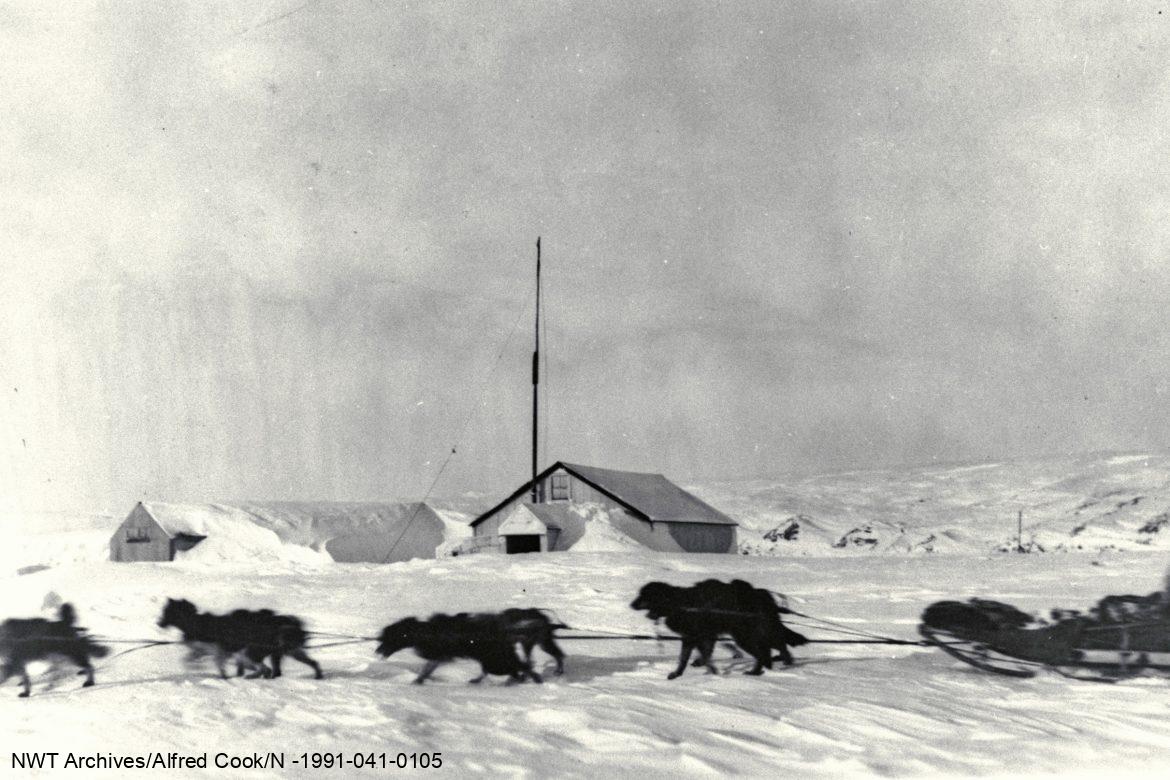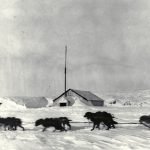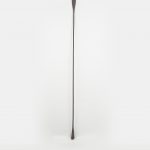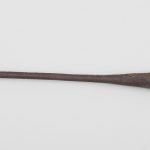1889
American Commercial Whaling
American ships first sailed north through the Bering Strait into the western Arctic Ocean in the late 1840s in their quest for bowhead whales. Whale products were used for lighting oil, lubricants, clothing designs, perfumes and soaps; the appetite for these ingredients led to aggressive, devasting, and unsustainable global hunting practices. By the late 1880s, men at the whaling station at Point Barrow, Alaska, began to hear rumours that bowhead whales were plentiful around Herschel Island, Yukon, and in the waters of the Mackenzie Delta. The attention of the American Whalers therefore turned eastward.
By 1889, technological developments – particularly steam engines – made whaling ships more manoeuvrable in the ice pack and less likely to be crushed. An American whaling fleet ventured east from Point Barrow in the summer of 1889 and returned to San Francisco after a successful hunt. Ships from the San Francisco fleet tried to take full advantage of this new and more distant whaling ground but had to be prepared to spend one or more winters in the Arctic. The first ships sailed into the Beaufort Sea in the late summer of 1890, wintered at Herschel Island, and during the summer of 1891, conducted an intensive industrial whale hunt. This success opened the floodgates, and during the following years, western Arctic waters were full of American whaling ships pursuing Beaufort bowheads, with Herschel Island as their base of operations. The extermination of whales and the intrusion of change into Inuvialuit communities were by-products of the intense commercial exploitive need for consumer products related to whaling.
By the fall of 1898, Herschel Island had been all but abandoned by the American whalers because of the overhunting in the region. A new over-wintering site had been set up on the Baillie Islands off the tip of Cape Bathurst 170 kilometres northeast of Tuktoyaktuk. Ten years later, low baleen and whale oil prices made Arctic whaling unprofitable, and the industry collapsed. The Inuvialuit felt the impact of this decade immensely as the whalers had brought with them many changes that impacted their way of life, pressured traditional food sources, and introduced interracial relationships and disease.





